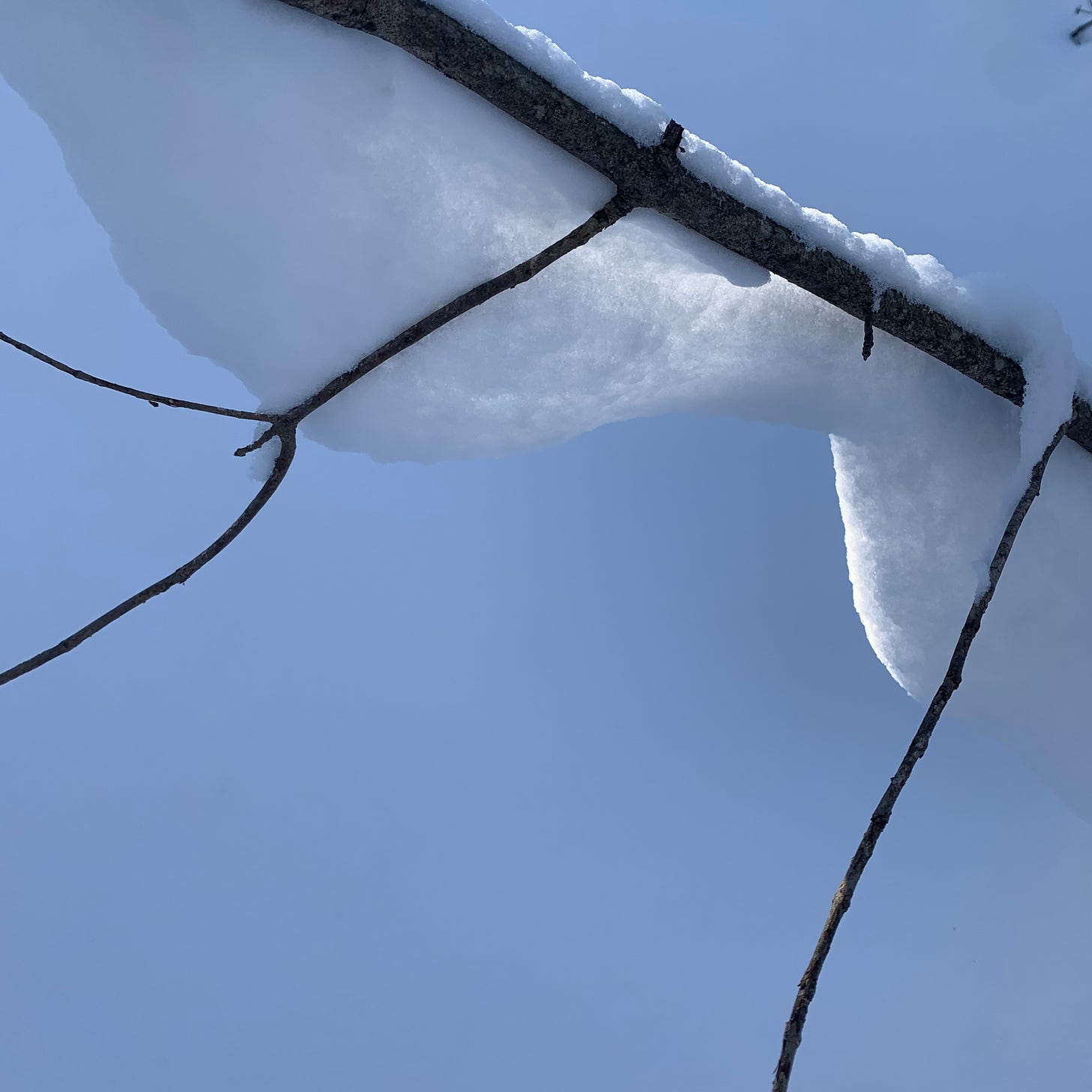“Calligraphy is a geometry of the soul which manifests itself physically.” —Plato
Is there any softer sound than snow falling on snow? I am off the path in a clearing in the winter woods when a clump of new snow falls from high in the trees to land on the deep snow of the forest floor. I drove a few hours north with my inkmaking kit to forage for colour …
Keep reading with a 7-day free trial
Subscribe to The Colour | Newsletter | Lab | Community to keep reading this post and get 7 days of free access to the full post archives.




